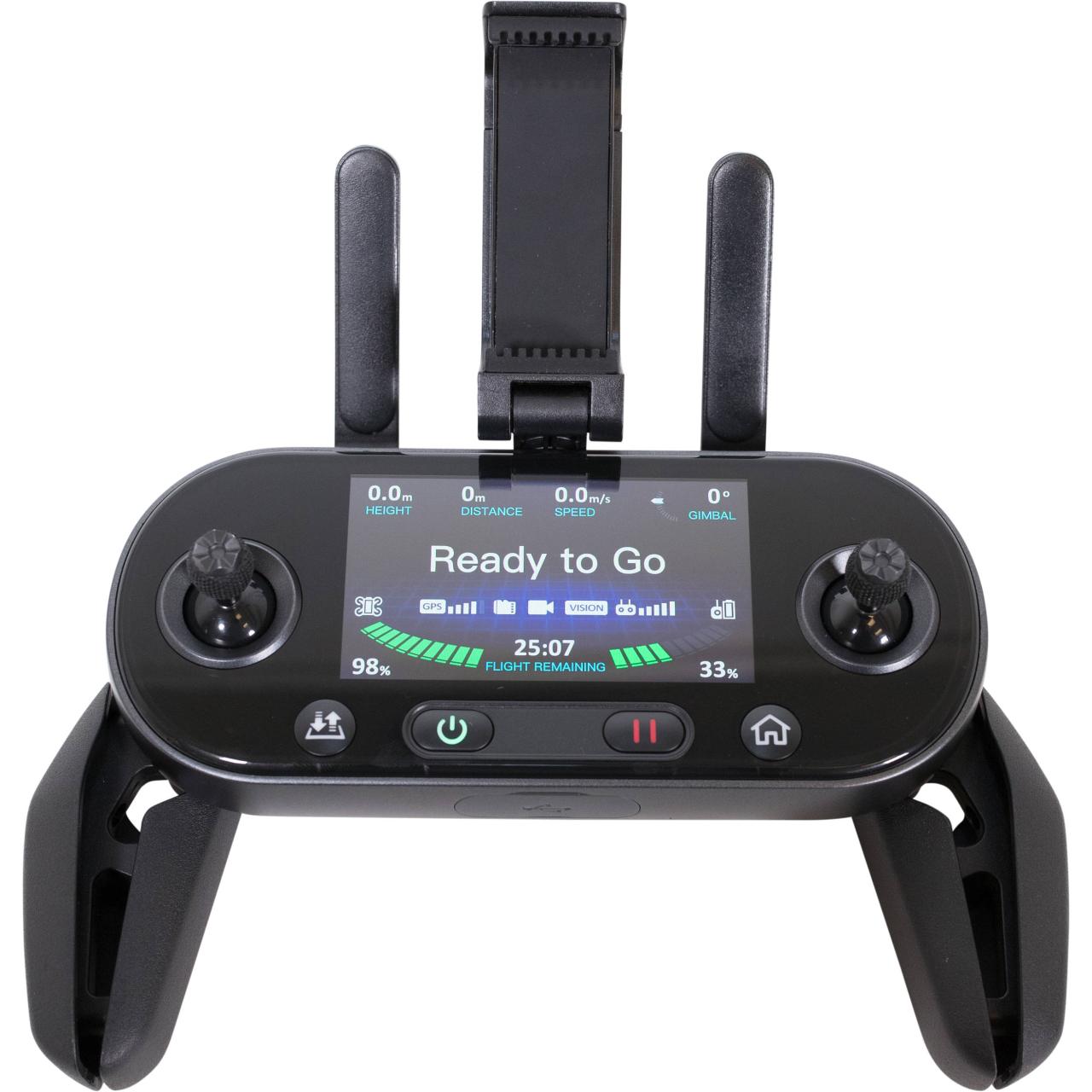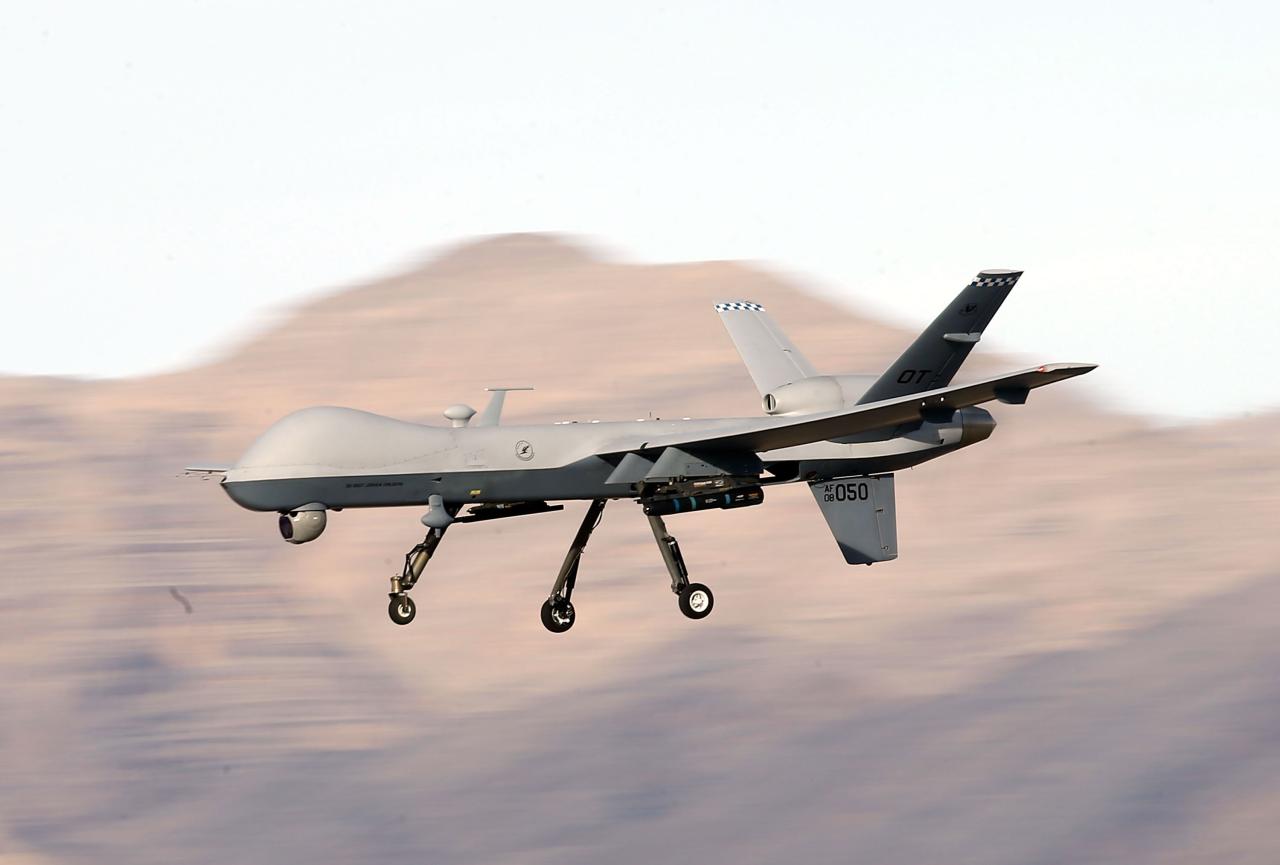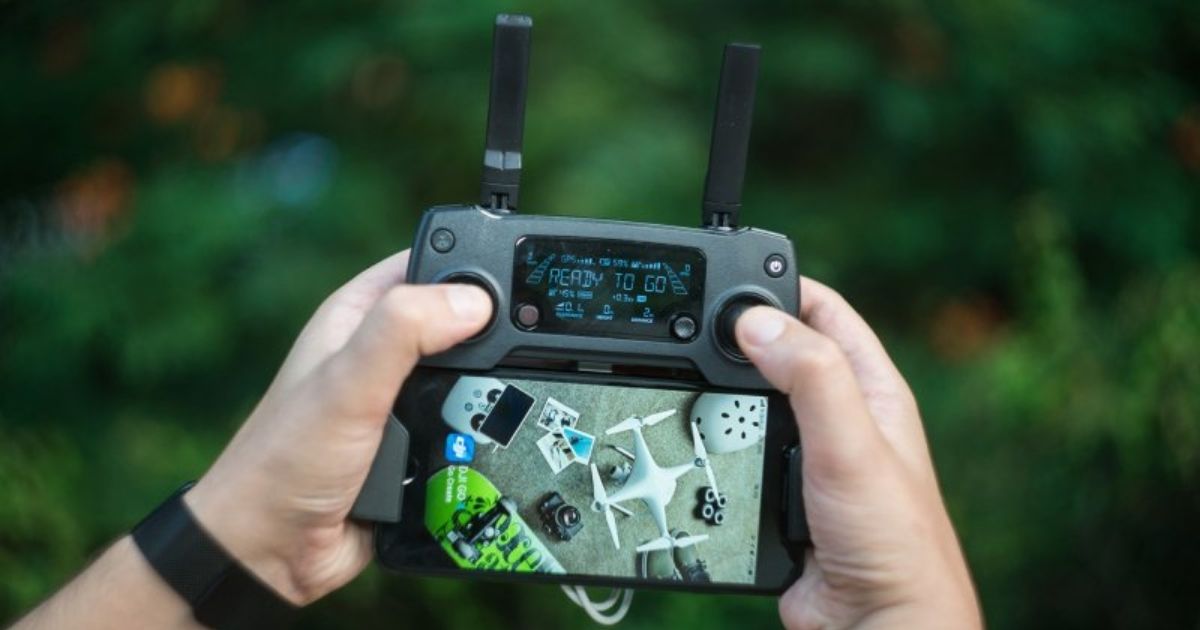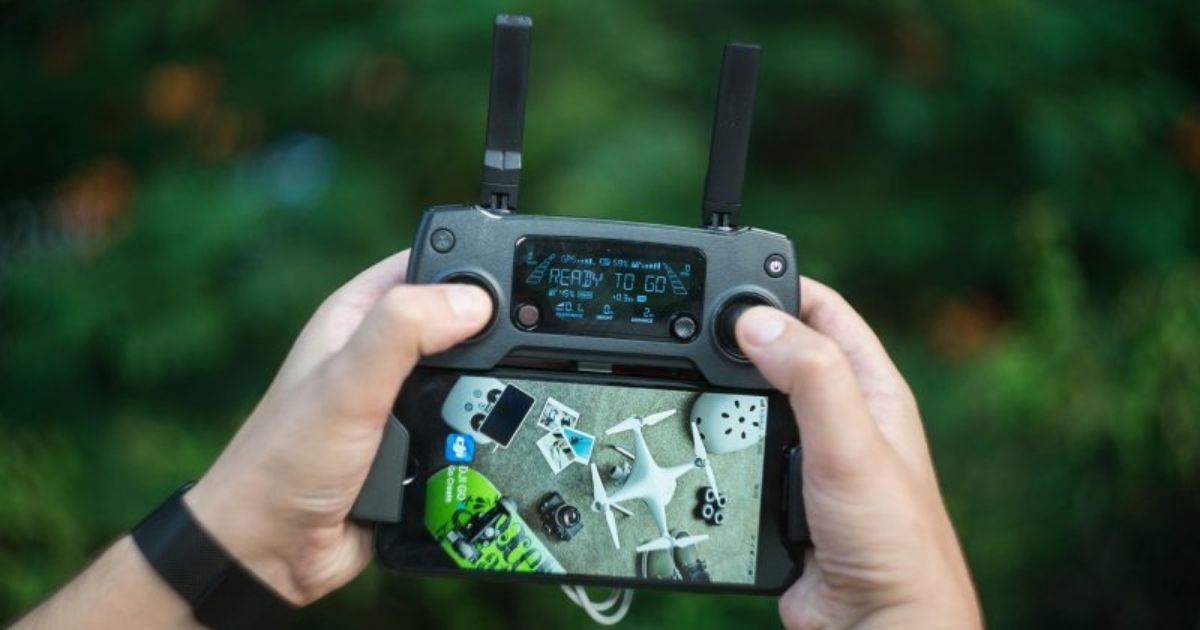Drone remote start: Imagine effortlessly launching your drone from anywhere, anytime. This isn’t science fiction; it’s the reality of advanced drone technology. This guide dives into the world of remote drone activation, exploring its various methods, applications, and the exciting future it holds. We’ll cover everything from the technical underpinnings to the legal considerations, ensuring you have a complete understanding of this game-changing capability.
We’ll explore different remote start methods, from convenient app-based systems to more sophisticated voice-activated controls. We’ll also delve into the security aspects, ensuring you understand how to operate safely and responsibly. Finally, we’ll look at the exciting possibilities for the future of drone remote start and its potential to revolutionize various industries.
Understanding Drone Remote Start
Remotely starting a drone offers a range of benefits, from enhanced convenience to improved safety in certain operations. However, the term “drone remote start” itself encompasses a variety of functionalities and technologies. This article delves into the technical aspects, applications, user experience, future trends, and legal considerations surrounding this increasingly important feature.
Defining “Drone Remote Start”
The phrase “drone remote start” can refer to several different actions, all involving initiating drone functions from a distance. This could range from simply powering on the drone to initiating a pre-programmed flight sequence. The functionalities included depend heavily on the specific drone model and its software capabilities.
For instance, some drones allow for a simple power-on command from a smartphone app, while others enable more complex pre-flight checks and autonomous takeoff sequences. High-end professional drones might offer the ability to initiate complex missions remotely, including waypoints and camera settings.
Examples include the DJI Matrice 300 RTK, which allows for remote startup and mission initiation through its dedicated app, and the Autel EVO II series, offering app-based remote power cycling and takeoff preparation.
| Remote Start Method | Description | Advantages | Disadvantages |
|---|---|---|---|
| App-Based | Initiating start via a smartphone or tablet application. | Convenient, accessible, often includes additional controls. | Requires a stable internet connection, potential for app glitches. |
| Controller-Based | Using a dedicated remote controller to power on and prepare the drone. | Direct control, less reliant on internet connectivity. | Less versatile than app-based, might lack some features. |
| Voice-Activated | Starting the drone through voice commands. | Hands-free operation, ideal in specific scenarios. | Limited functionality, susceptible to background noise. |
Technical Aspects of Drone Remote Start
Remote drone start relies on a combination of hardware and software components, including embedded systems within the drone itself, communication modules (Wi-Fi, Bluetooth, cellular), and user interface applications. Secure communication protocols are crucial for reliable and safe operation.
Common communication protocols include Wi-Fi for short-range control, Bluetooth for lower-bandwidth communication with accessories, and cellular networks for extended range operations. Security is paramount, with encryption and authentication mechanisms protecting against unauthorized access and control.
Security implications include the risk of unauthorized access and control, potentially leading to drone hijacking or data breaches. Robust encryption and authentication protocols, along with regular software updates, are essential to mitigate these risks.
Flowchart of Remote Drone Start Sequence:
1. User initiates remote start command via app/controller.
2. Command is transmitted via chosen communication protocol (e.g., Wi-Fi).
3. Drone receives and authenticates the command.
4. Drone performs pre-flight checks (e.g., battery level, GPS signal).
5. Drone powers on and enters standby mode or initiates pre-programmed sequence.
Want to start your drone remotely? That’s a cool feature, but remember to check the rules first! Before you even think about a drone remote start, make sure you’re up to speed on canada drone laws under 250g , especially if your drone weighs less than 250 grams. Knowing the regulations ensures you’re flying legally and safely, so you can enjoy that remote start without any worries.
6. Confirmation is sent back to the user interface.
Applications of Drone Remote Start

Remote drone start finds applications across various industries, significantly enhancing efficiency and safety. The ability to initiate operations remotely is particularly beneficial in challenging or hazardous environments.
- Agriculture: Remotely starting drones for crop monitoring, spraying, or seeding operations reduces the need for manual intervention in large fields.
- Infrastructure Inspection: Remote start allows for pre-programmed inspection flights of bridges, power lines, or other structures, optimizing inspection time and minimizing risk to personnel.
- Search and Rescue: In emergency situations, remotely initiating a drone flight can be crucial for quickly deploying aerial surveillance and reconnaissance.
Advantages and Disadvantages of Remote Start:
Advantages include increased convenience, improved safety in hazardous environments, and enhanced efficiency through automation. Disadvantages can include reliance on communication networks, potential security vulnerabilities, and the need for robust software and hardware.
User Experience and Interface Design
An ideal user interface for remote drone start should be intuitive, user-friendly, and provide clear feedback on the drone’s status. The design should prioritize safety and minimize the potential for errors.
Effective interfaces often employ clear visual cues, concise information displays, and straightforward controls. A well-designed app might include a map display showing the drone’s location, battery level indicators, and a clear start/stop button.
Mock-up of a User Interface for a Remote Drone Start App:
The app would display a map showing the drone’s location. Below the map, there would be a large, clearly labeled “Start” button. To the right, a panel would display battery level, GPS signal strength, and other critical information. A small settings menu would allow for adjustments to flight parameters. A prominent “Stop” button would be easily accessible.
Future Trends and Developments

Future developments in drone remote start will likely involve advancements in AI, improved communication technologies, and enhanced security features. Integration with other drone functionalities, such as autonomous flight planning and obstacle avoidance, will also play a key role.
Want to launch your drone from afar? Drone remote start is a handy feature for many applications. Before you buy, though, check out some amazing prices on various models at drone deals to find the best fit for your needs and budget. Once you’ve got your new drone, mastering that remote start will be a breeze!
The use of 5G and beyond cellular networks will allow for more reliable and higher-bandwidth remote control, enabling more complex operations. AI-powered pre-flight checks and autonomous emergency landing systems will enhance safety and reliability.
Legal and Regulatory Considerations, Drone remote start

The use of drone remote start raises several legal and regulatory challenges, particularly concerning privacy, safety, and airspace management. Regulations vary across jurisdictions, and operators must ensure compliance with all applicable laws and guidelines.
Regulations concerning data privacy, airspace restrictions, and operational safety are crucial aspects to consider. Best practices include adhering to all local regulations, implementing robust security measures, and maintaining thorough flight logs.
Drone remote start is super handy, letting you power up your drone from a distance. If you’re looking for a great drone to try this out on, check out the selection at best buy drone to find a model with the right features. Once you’ve got your new drone, remember to consult the manual to learn exactly how its remote start function works for safe and effective operation.
Best Practices for Responsible Use:
- Obtain necessary permits and licenses.
- Follow all local regulations and airspace restrictions.
- Maintain regular software updates and security patches.
- Implement robust security measures to prevent unauthorized access.
- Keep detailed flight logs and maintain operational records.
Conclusion
Drone remote start is rapidly evolving, promising increased efficiency and safety across numerous sectors. From streamlined agricultural practices to enhanced search and rescue operations, the potential applications are vast. While understanding the legal and technical considerations is crucial, the benefits of this technology are undeniable. As technology continues to advance, we can expect even more innovative and user-friendly remote drone start systems to emerge, shaping the future of drone operation.
Query Resolution
What are the potential risks of drone remote start?
Potential risks include unauthorized access, signal interference, and accidental activation. Robust security measures and responsible usage are essential.
How far can I remotely start a drone?
The range depends on the drone model and the communication protocol used (Wi-Fi, Bluetooth, cellular). Cellular connections generally offer the longest range.
Is remote drone start legal everywhere?
Regulations vary by country and region. Always check local laws and obtain necessary permits before operating a drone with remote start capabilities.
What type of battery is best suited for remote drone start?
High-capacity lithium polymer (LiPo) batteries are commonly used for their power density and long flight times. Always choose a battery approved for your specific drone model.
